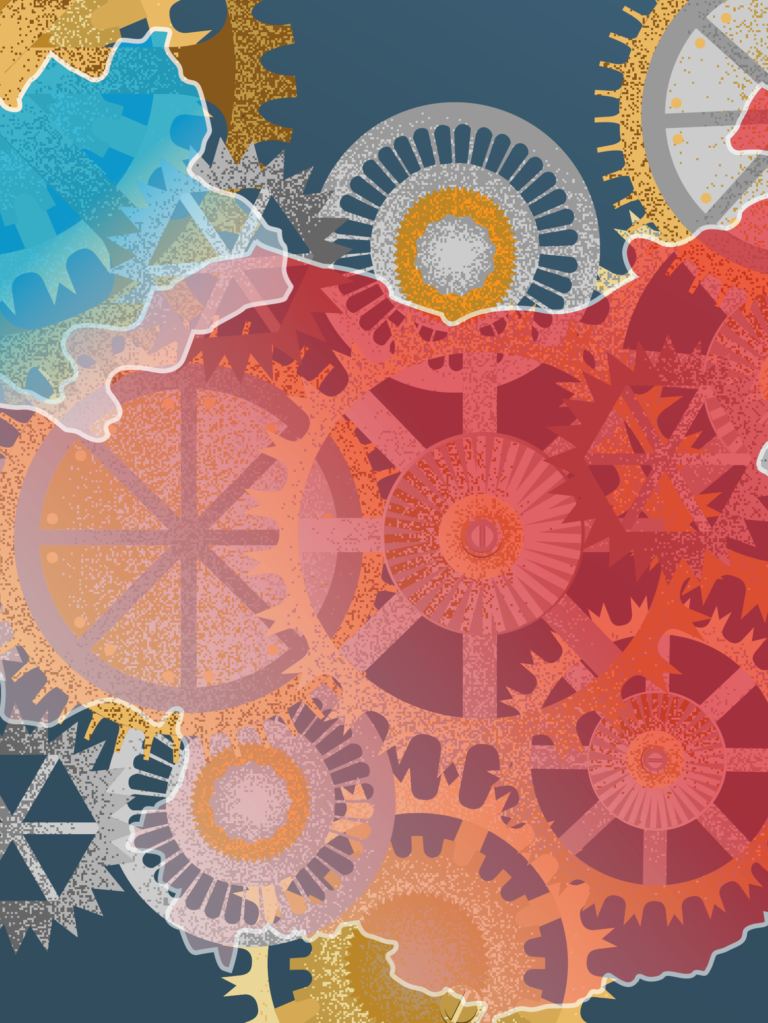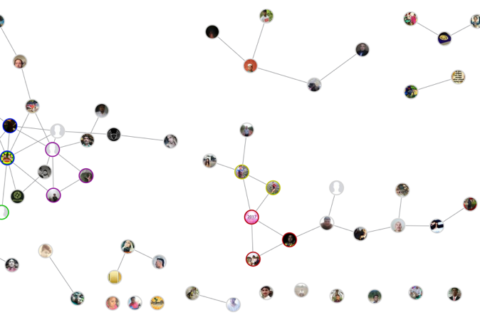Shifting Gears

Executive Summary
The Chinese government is undertaking a concerted drive to industrialize the Xinjiang Uyghur Autonomous Region (XUAR), which has led an increasing number of corporations to establish manufacturing operations there. This centrally-controlled industrial policy is a key tool in the government’s efforts to forcibly assimilate Uyghurs and other Turkic peoples through the institution of a coerced labor regime.
A macro-assessment of the industrialization of XUAR since 2009 shows that the number of manufacturing firms established per year has rapidly increased, coinciding with heightened concerns about forced labor. The transfer of industry to the region allows enterprises to take advantage of cheap labor costs and retain the lower ends of supply chains within China. As such, Turkic peoples mainly serve as labor for these local enterprises, making up a low share of corporate leadership.
The influx of manufacturing companies in XUAR has failed to economically empower the Uyghur and Turkic peoples. The companies are overwhelmingly led by Han corporate officers and owned by Han shareholders, indicating that Uyghurs and other Turkic peoples are not sharing in the economic benefits of the industrial boom.
The Chinese government drives this industrialization by mobilizing state-owned and private corporations via the Xinjiang pairing assistance program. This initiative links provinces and cities on the east coast to prefectures and localities within the Uyghur region, creating a mechanism to impose political, economic, and cultural change. As part of this program, Chinese companies outside of XUAR are incentivized by the government to move their manufacturing operations into the region. This means that the international response to abuses in XUAR cannot be limited to addressing companies based in the Uyghur region. Instead, it must actively incorporate an understanding of the role that non-XUAR companies—which may be part of global supply chains—play in supporting repression in the region.
C4ADS’ analysis of publicly available information reveals the political nature of industrial transfer in XUAR and the patterns and pathways through which it takes place. While the number of manufacturing companies in the region has skyrocketed in recent years, Uyghurs and other Turkic peoples have a disproportionately low share in the ownership and management of these companies, despite a geographic concentration of new manufacturing companies in Uyghur-majority prefectures.
C4ADS identified three overlapping pathways through which industrial transfer takes place in XUAR. These three pathways, which C4ADS explores through both data-driven analysis and illustrative case studies, reveal the scale at which abuses in XUAR are embedded within Chinese and global supply chains. However, they also create a significant opportunity for stakeholders to live up to the moral and, increasingly, legal obligations to end financial relationships with companies that carry out and profit from repression in the Uyghur region. By understanding these pathways and how to leverage publicly available information to identify them, global stakeholders will be able to act against the Chinese companies that are transferring manufacturing into the region with government support.
Industrial Parks:
Industrial parks are the primary facilities through which industrial transfer to XUAR takes place. Often built and administered by the pairing programs, industrial parks are state institutions that serve as tools to implement the government’s repressive and assimilative policies.
State-Owned Enterprises:
Provincial governments leverage large state-owned enterprises in labor-intensive sectors, such as textiles, for industrial transfer to the Uyghur region. These companies cooperate closely with government officials in labor transfer initiatives, implicating provincial and city-level government bodies outside of the region in ongoing repression.
Private Companies:
Private companies are instrumental to the Chinese government’s long-term objective of establishing supply chains in the Uyghur region. Companies from the east coast are establishing production in the region through conglomerate subsidiaries, as well as through less direct connections such as investment by key individuals. While these companies are private entities, they implement repressive practices against Uyghurs in line with government policy.
Conclusion
The human rights abuses occurring within the Xinjiang Uyghur Autonomous Region cannot be addressed in isolation. The highest levels of the Chinese government are developing policies of repression and forced assimilation, which are being implemented, in part, by the transfer of east coast manufacturing into XUAR. This means that Chinese supply chains–and corporate activity more broadly–are becoming ever more entangled with oppression in Xinjiang, amid mounting pressure on international companies to extricate their supply chains from the region.
In the face of both moral and legal obligations to stop sourcing products from XUAR or otherwise work with companies that support oppression in the region, importers and global companies must redouble their efforts to trace their supply chains. Doing so will require a more comprehensive understanding of the ways state and private corporations are complicit in China’s ongoing campaign of human rights abuse against Uyghurs. As C4ADS’ analysis demonstrates, stakeholders can more easily trace these ties by understanding the pathways through which industry in the Uyghur region is connected to eastern China.
This tracing can be done through the relatively straightforward method of identifying XUAR-based members of corporate groups headquartered in eastern China.
More thorough due diligence should not overlook the significance of investments in the region via equity ownership and overlap in corporate officers. Independent of corporate ties, association with an industrial park paired with a park in XUAR should be understood as a standalone risk factor, as it indicates that a corporation is positioned to cooperate with authorities’ repressive and assimilative policy objectives.
The global community has a clear mandate to act against the crimes against humanity taking place in the Xinjiang Uyghur Autonomous Region, but fulfilling that obligation remains a significant challenge. The centrality of industrialization to the Chinese government’s objective of forced assimilation is pushing international corporations toward complicity. However, the pervasive and insidious nature of the linkages between Uyghur repression and the Chinese and global economies cannot excuse inaction. Stakeholders have both the responsibility and ability to sever these ties. In doing so, they will weaken the political and economic structures that perpetuate injustice.





